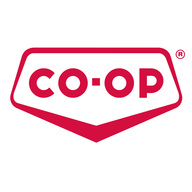
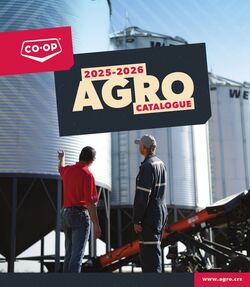
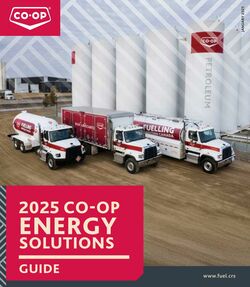
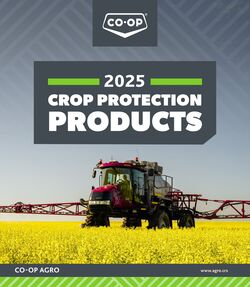





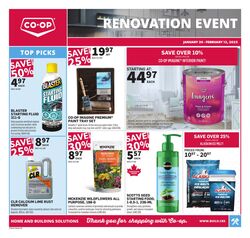

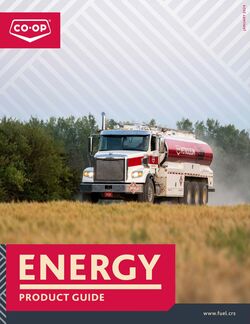

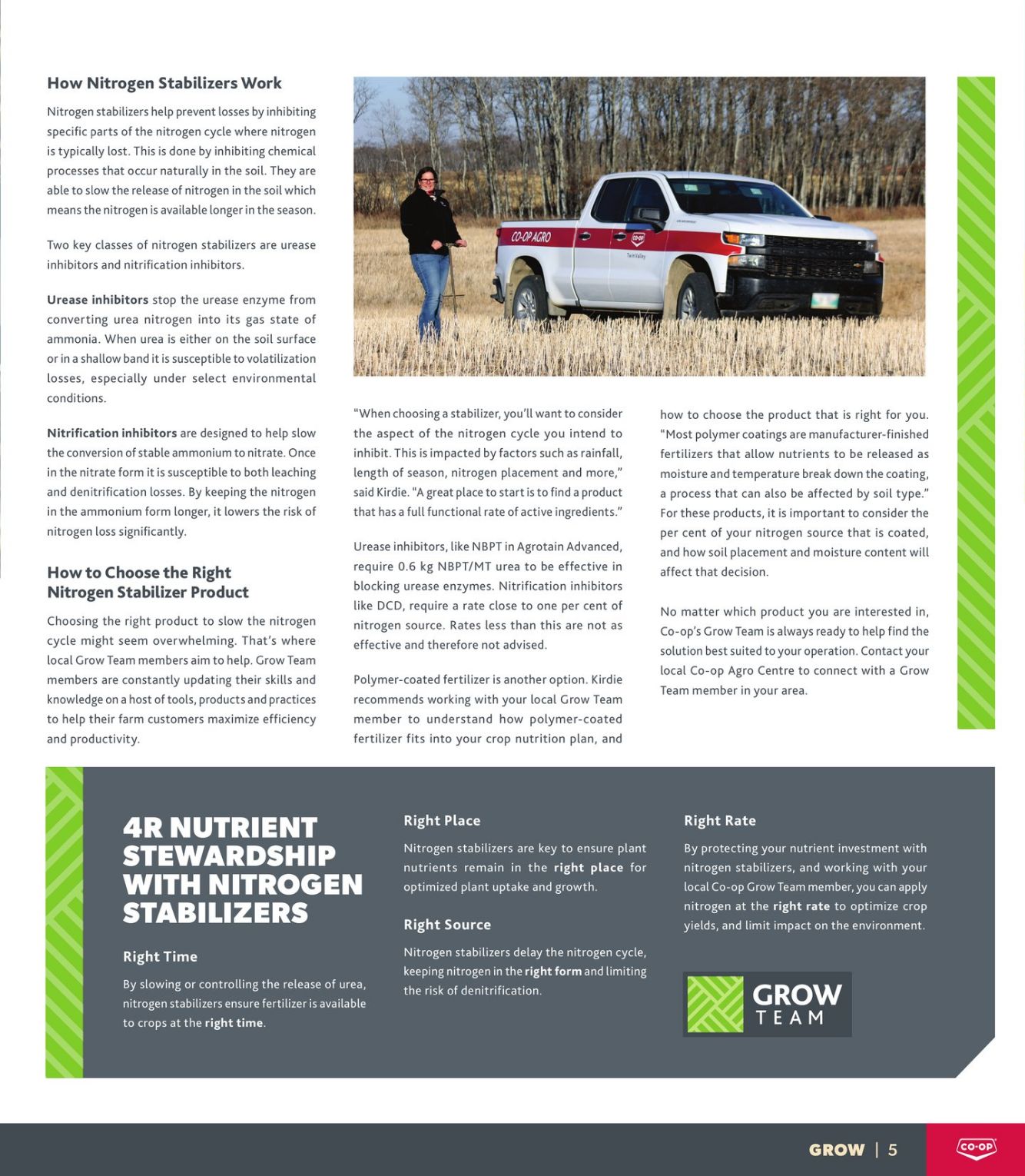
Les produits de cette circulaire
How Nitrogen Stabilizers Work Nitrogen stabilizers help prevent Losses by inhibiting specific parts ofthe nitrogen cycle where nitrogen is typically lost. This is done by inhibiting chemical processes that occur naturally in the soil. They are able to slow the release of nitrogen in the soil which means the nitrogen is available longer in the season: Two key classes of nitrogen stabilizers are urease inhibitors and nitrification inhibitors Urease inhibitors stop the urease enzyme from converting urea nitrogen into its gas state of ammonia. When urea is either on the soil surface or in a shallow bandit is susceptible to volatilization losses, especially under select environmental conditions. Nitrification inhibitors are designed to help slow the conversion of stable ammonium to nitrate. Once in the nitrate form itis susceptible to both leaching and denitrification losses. By keeping the nitrogen in the ammonium form longer, it lowers the risk of nitrogen Loss significantly. How to Choose the Right Nitrogen Stabilizer Product Choosing the right product to slow the nitrogen cycle might seem overwhelming. That's where local Grow Team members aim to help. Grow Team members are constantly updating their skills and knowledge on a host of tools, products and practices to help their farm customers maximize efficiency and productivity. 4R NUTRIENT STEWARDSHIP WITH NITROGEN STABILIZERS Right Time PACE LOUE CIE f 1 à Ar LE a Au “When choosing a stabilizer, you'll want to consider the aspect of the nitrogen cycle you intend to inhibit. This is impacted by factors such as rainfall, length of season, nitrogen placement and more,” said Kirdie. "A great place to startis to find a product that has a full functional rate of active ingredients." Urease inhibitors, like NBPT in Agrotain Advanced, require 0.6 kg NBPT/MT urea to be effective in blocking urease enzymes. Nitrification inhibitors like DCD, require a rate close to one per cent of nitrogen source. Rates less than this are not as effective and therefore not advised Polymer-coated fertilizer is another option. Kirdie recommends working with your local Grow Team member to understand how polymer-coated fertilizer fits into your crop nutrition plan, and Right Place CPU LICE C A CELETICEA CU CNT CRC ACURTEUCEL LT EE CS optimized plant uptake and growth ETES Nr Ce CO UCI Cu CC) De CU cul Tu A LUCE SR TETE LeT Le) nitrogen stabilizers ensure fertilizer is available RCE CU AL how to choose the product that is right for you. “Most polymer coatings are manufacturer-finished fertilizers that allow nutrients to be released as moisture and temperature break down the coating, a process that can also be affected by soil type." For these products, it is important to consider the per cent of your nitrogen source that is coated, and how soil placement and moisture content will affect that decision No matter which product you are interested in, Co-op's Grow Team is always ready to help find the solution best suited to your operation. Contact your local Co-op Agro Centre to connect with a Grow Team member in your area LUE By protecting your nutrient investment with DCE CCE EUTA LL LR NO ACL C ACTUEL CO UC LC CC ue) yields, and limit impact on the environment
| Nom | Détails |
|---|